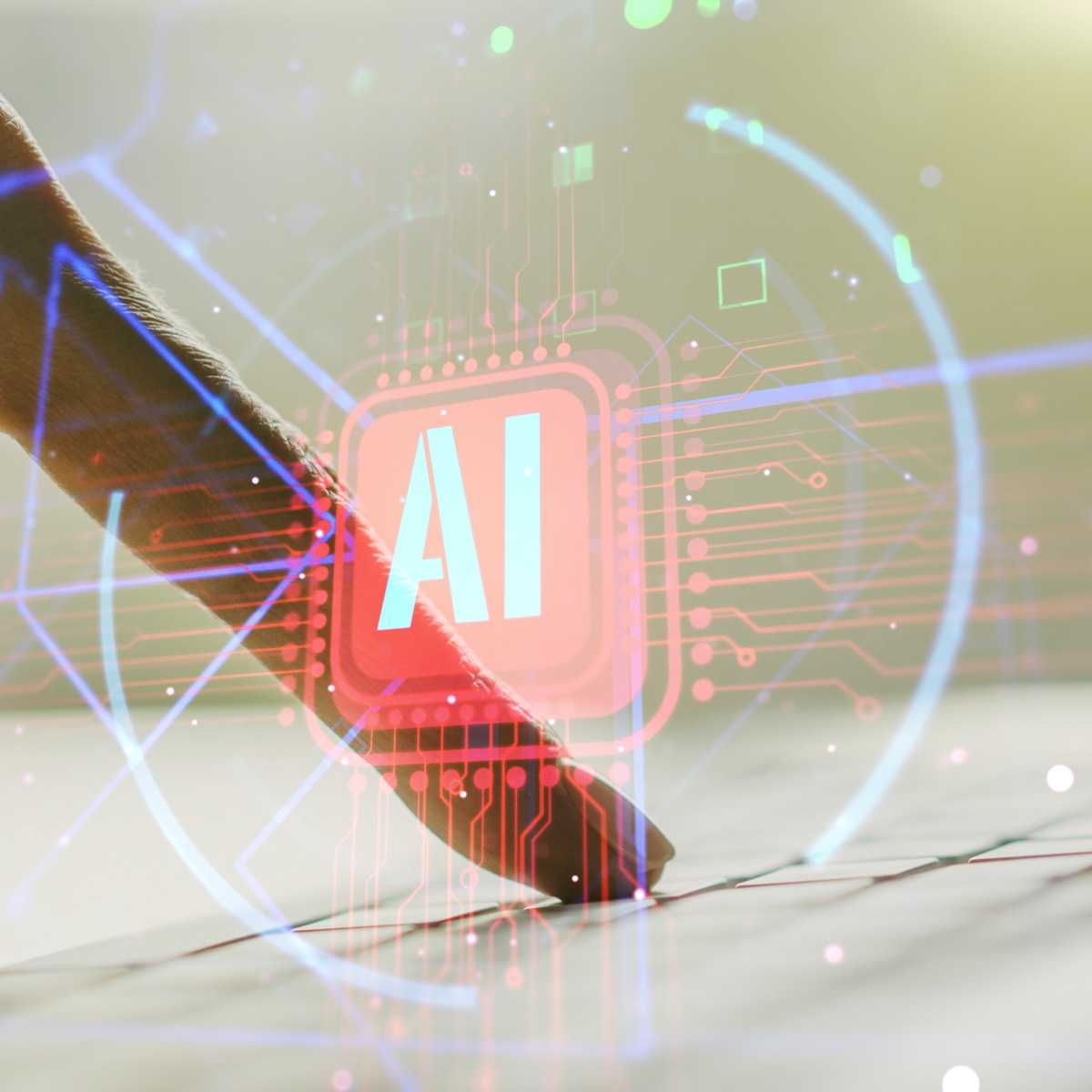
The Great AI Race: China’s Approach to Developing Its AI Industry
September 4, 2025
Back in 2017, long before artificial intelligence (AI) became the buzzword on everyone’s lips, China had already set its sights on global leadership in the field. At that time, it laid out an ambitious plan: to grow its domestic AI industry 46-fold to over RMB 1 trillion (about USD 140 billion) by 2030.
Since then, China has made significant progress. The China Internet Network Information Center, under the Ministry of Industry and Information Technology (MIIT), estimates that as of June 2025, China’s core AI industry was already valued at USD 97.5 billion, or 70% of the 2030 target. Moreover, nearly 36% of global AI publications and about 50% of AI researchers now originate from China. Adding to this momentum, China’s open-source AI models have dominated global rankings. Apart from DeepSeek making global headlines earlier this year, Chinese open-source large language models (LLMs) held six of the top 10 trending spots on Hugging Face, a library for LLMs, as of August 27, 2025.
However, what sets China’s approach to AI development apart is that its strategic focus is not on building the smartest chatbot, but on embedding AI into the fabric of its economy. From logistics networks to urban infrastructure, China emphasizes deploying AI for practical, sector-specific applications. Instead of mirroring Silicon Valley’s general-purpose model, China is steadily constructing a framework for scaled and sectoral adoption of AI, driven by policy guidance, public-private collaboration and targeted support measures.
Amid intensifying U.S.-China competition in technology, the Chinese government has doubled down on its efforts to become a global leader in the AI sector. Beijing views AI as central to its “new quality productive forces,” not only helping it to develop the industries of the future but also to transform traditional sectors. In April 2025, China’s Politburo (a 24-member top party organ responsible for setting national priorities) made AI the focus of its study session, where President Xi Jinping described AI as a “strategic technology.” During a subsequent visit to Shanghai, he urged the city to take the lead in AI development, signaling top-level endorsement for AI innovation.
Local governments, especially in top tier cities such as Beijing, Shanghai and Shenzhen, are providing both policy and financial support for the development of the AI industry. At the same time, the central government has made clear that it wants the private sector to take the lead. In February 2025, President Xi held a rare meeting with executives from leading Chinese tech companies to discuss technological innovation. He called on private firms to “show their talents” in building the country’s digital future, signaling continued support for market players so long as their work aligns with national goals.
While actively encouraging AI innovation, the Chinese government also recognizes the need to regulate the sector. The development of China’s regulatory framework for AI started as early as 2017 when the State Council first proposed establishing a system for AI security supervision and assessment in the New Generation AI Development Plan. The overarching plan was followed by a specific action plan rolled out by the MIIT to develop China’s AI sector, including the hardware components, key products and application across sectors.
However, these regulations promulgated in the early years mostly deployed key development tasks with broad references to AI security without specific elaborations. China’s AI governance framework only started to take shape in the early 2020s when regulators sought to address specific technical aspects of the technology via “small-incision legislations,” which specifically address:
In March 2025, the Cyberspace Administration of China issued a notice requiring all AI-generated content (AIGC) to be labeled, both visibly and through embedded codes. Starting September 1, 2025, synthetic information must include these identifiers pursuant with the labeling standards (GB 45438-2025, GB 45674-2025), marking a shift from principle-based governance to active enforcement. In addition, China recently unveiled another national standard (GB/T 45654-2025), specifying basic security requirements for generative AI services, effective from November this year. Together, these standards provide detailed guidelines for AIGC compliance.
Despite the overall momentum, China faces structural constraints that could shape the long-term trajectory of its AI industry. A persistent challenge is the limited access to advanced foreign semiconductors, stemming from export controls initiated by the Biden administration in 2022. As a result, China has been doubling down on achieving semiconductor self-sufficiency and exploring alternative technological pathways to advance AI under limited computing resources.
In parallel, China is expected to deepen its commitment to open-source technologies, both domestically and through international collaboration. From foundational innovations such as the RISC-V instruction set architecture to open-source AI models across downstream applications, policymakers and industry practitioners are likely to align their efforts to accelerate open-source development, with the goal of scaling and adopting AI across sectors. Premier Li Qiang’s announcement to establish a World AI Cooperation Organization headquartered in Shanghai underscores China’s ambition to champion open partnerships and promote technological inclusivity, particularly for the Global South.
For multinational corporations (MNCs), China’s active push to develop its AI industry presents opportunities to tap into a new wave of AI-powered industrialization. However, this also brings increasing regulatory complexity. MNCs must now navigate not only China’s evolving AI regulations but also export restrictions and compliance requirements from their home countries. As a result, they may need to diversify supply chains, invest in alternative technologies and adapt to the risks of being caught between the competing interests of major powers in the global AI race.
MNCs operating within China’s AI ecosystem should reassess their technology strategies in light of ongoing geopolitical complexities and evolving industry dynamics. Those that can carefully devise strategies, adapt to the shifting landscape and act with agility to seize emerging opportunities stand to benefit immensely.
This article was written with support from APCO intern Sam Kominowski.